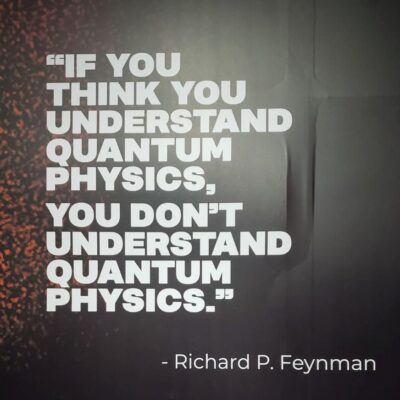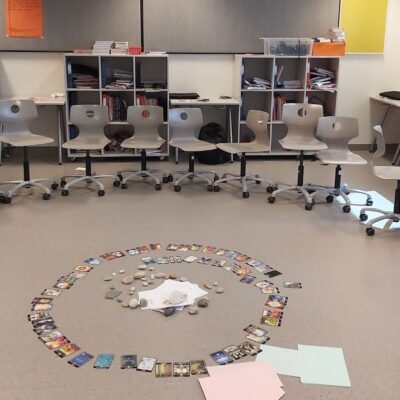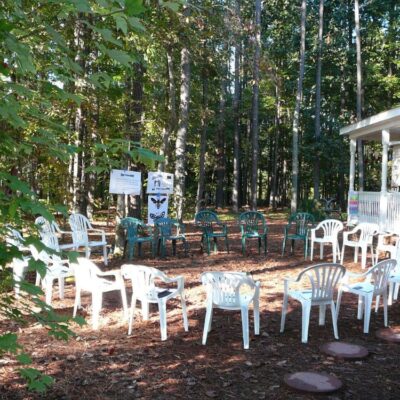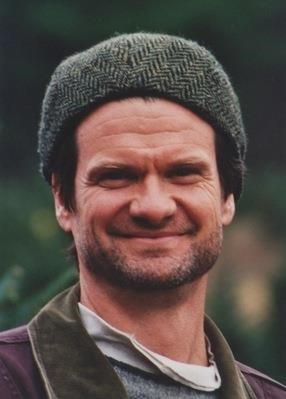
A number of years ago, I was at a multi-day learning event. It was the last day and I was with one of the participants waiting for a session to start. He was a manager at a large company and had been at this event for curiosity. For five days we had learned about Leadership in times of change and it was lead using a method called Whole Person Process Facilitation (WPPF). WPPF meetings are designed to honor the varied learning needs of adult learner honoring our intellectual, physical, emotional, and creative drives. During such meetings it feels like there is always lots of time.
During this particular meeting a rhythm emerged where, regardless of what the agenda said, things would start when it felt right. Sometimes that was at the time indicated, sometimes a little earlier or a little later. While we had lunch breaks and dinner breaks and knew more or less what the topics were, the agenda felt organic. We took more time for some things, less for others, following where people’s energy went at any given time instead of following a strict time schedule.
People at the event were encouraged to “manage” their own energy. This meant that some people would leave to take naps or walks creating a subtle movement in the room. They would be respectful of others, and soon it became part of the “vibe” of the days, as people found their unique ways to integrate and process what was being discussed. The same held true for group work. Some groups would go off and begin working on tasks immediately and still be working when others had finished and were reporting their results to those gathered for debriefs. Other groups took long breaks, working a little. Still others would seem to stop and start. The leaders of the event were respectful of this, always trusting that people would “catch up” to get what they needed. They also trusted that whatever was being done by people would contribute to their learning and to the overall results of the collective whole.
So at the end of this week, sitting and waiting to see if others would arrive at our session my co-participant smiled at me and said “you know what is strange? At my work, everyone is running around all the stressed by never having enough time. They all seem so busy, but nothing gets done. Here nothing seems to be happening yet so much is getting done.” What is going on?
This was indeed the case and I know that it happened because of following some simple principles and practices of designing meetings for the whole. Principles and practices like:
- learning to invoke both your creative and your linear thinking
- honoring the autonomy of people to care for their needs and respecting that they do this
- following the energy of the group and remembering that creativity cannot be forced, so things will start when the time is right
- remembering not to let the clock dictates the results
Following these principles and practices sets the conditions for results to arise from the concentration and the magic of people coming together engaging, fully, with all of their beings dancing the topics that they care about.
Since this magical summer afternoon conversation, I have had many reactions like my colleague whenever I use WPPF. Whether I use it to design a learning process, a meeting about the content or even a one-on-one meeting with a colleague or client. It turns out that when we honor the natural rhythms of learning as humans, we learn better with less effort. Learning to design meetings, events, and gatherings in such a way that takes this into account can revitalize people and their organizations.










Elisabeth Tepper
Beautiful!!!